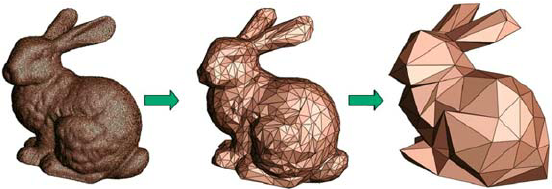- Home
- Up to XII Students
- Decide Stream For XI & XII
- Career Options
- Entrance Preparation
- Sample Papers
- Entrance Exams after 12th
- International Entrance Exams To Study Abroad
- Foreign University Comparison
- Apply to Foreign Universities
- General Preparation For Students Going To Study Abroad
- Write A Report
- Write an Article
- Write An Essay
- Important Dates
- UG & PG
- Tech Tips
- Mock Test
- GROOMING
- HOBBIES
- K PLUS
- Working Professional
- OTHERS
Model Order Reduction – A global perspective
Aditya Prasad Padhy
Faculty Member: Department of Electrical Engineering
Mathematical modeling of real-time systems often results in higher-order transfer functions. The design of controllers of such real-time higher-order systems (HOS) is too difficult. To overcome this adverse scenario, the model order reduction (MOR) technique is proposed. This is a mathematical approach, which is used to reduce the original HOS into its corresponding lower-order model (LOM) without evicting the significant characteristics. The application of the MOR technique varies widely in the domain of electrical and electronics engineering. In the last few decades, the MOR technique is one of the most approachable methods in the field of dynamic control theory application, power system, microgrid system,

To model such complex system dynamics, higher-order differential equations are required to represent the energy storing elements in the systems. Thus, the SA technique is essential to reduce the HOS into its corresponding LOM. Moreover, it also retains the fundamental characteristics of the original system. Further, the MOR technique not only removes the complexities from large-dimensional systems but also helps in designing an efficient controller design for HOS. From
Figure 1 shows the facets of the rabbit and it shows the graphical analysis of model order reduction. Several stable approximation techniques have been proposed to compute lower-order models of the higher-order system. The Padé approximation technique is popularly used for stable approximation of HOS in the frequency domain. However, this method has one prime disadvantage. It does not provide stability guaranteed LOM when the original system is stable. To overcome this limitation, Hutton and Friedland proposed a method for computation of stable LOM for single input single output (SISO) systems, which is known as the Routh approximation method. In this method, alpha (α) and beta (β) tables are formulated for deriving the denominator and numerator polynomials of LOM respectively.
References
- H. Schilders, H. A. Van der Vorst, and J. Rommes, Model order reduction: theory, research aspects, and applications vol. 13: Springer, 2008.
- Fortuna, G. Nunnari, and A. Gallo, Model order reduction techniques with applications in electrical engineering: Springer Science & Business Media, 2012.
- P. Padhy, V. Singh, and V. P. Singh, “Stable Approximation of Discrete Interval Systems,” Circuits, Systems, and Signal Processing, pp. 1-16, 2021.
Like this article?

Kalinga Plus is an initiative by Kalinga University, Raipur. The main objective of this to disseminate knowledge and guide students & working professionals.
This platform will guide pre – post university level students.
Pre University Level – IX –XII grade students when they decide streams and choose their career
Post University level – when A student joins corporate & needs to handle the workplace challenges effectively.
We are hopeful that you will find lot of knowledgeable & interesting information here.
Happy surfing!!
- →
-
Free Counseling!
